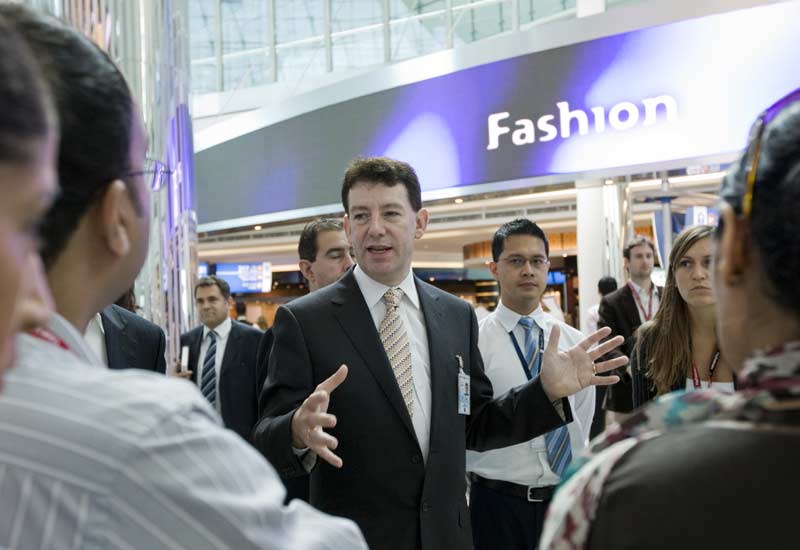Dubai Airports CEO Paul Griffiths chats to HotelierMiddleEast.com's Sarah Cowell.
There have been many rumours about when Al Maktoum Airport will open. Can you set the record straight?
It’s dead simple and very understandable. Phase one - a nine million passenger terminal - is opening in June 2010. We will have our operational licence by then and we are already talking to airlines about who will be the first customers for that terminal. There will be two major phases. The first one is the first runway, but we will end up with five runways and the capacity for 160 million passengers per year.
When will phase two be completed?
The reason [we can’t give a timeframe] is not because I don’t know how long the programme is; it’s because we have an interesting conundrum [in terms of balancing the growth/development of both airports]. The current airport capacity (Dubai International) is 60 million and we are working to increase that, but simultaneously we are investing in the new airport and bringing capacity up to 80 million with concourse three. So the capacity of both airports combined when finished will be 240 million.

| Advertisement |
Will both airports stay open when completed?
That’s not today’s decision. We will evolve the strategy over time – it really depends on the support and development of the new airport. The good thing is that having two airports gives us flexibility.
What kind of customers are you targeting for Al Maktoum International?
Commercial passenger operators, cargo operators, low-cost airlines and executive aviation – just like a normal airport. We are hopeful we will be able to target new start-up airlines – there are some significant opportunities.
Will Emirates Airline move to the new airport?
In time we expect Emirates to move to the new airport but we need enough capacity. Emirates Airline has 20 million passengers annually so we won’t be able to accommodate the airline until a substantial amount of phase two is completed.
Who is likely to move in first?
The early candidates are likely to be cargo operators that don’t depend on freight and airlines with predominantly point-to-point traffic. We also expect to receive executive aviation operators with a catchment area of Jebel Ali and Abu Dhabi, as well as aircraft that use Dubai as a tech stop. There will also be room for low-cost airlines that want an unconstrained hub. It’s interesting because Al Maktoum will take in a completely different catchment area to that of Dubai International.









 Search our database of more than 2,700 industry companies
Search our database of more than 2,700 industry companies









